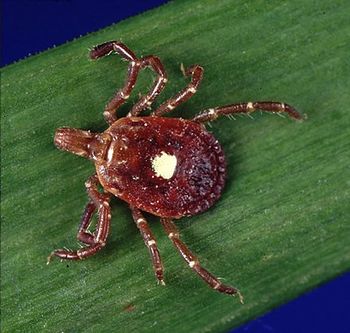
New York City Park Soil Contains Wealth of Pathogen-fighting Microbes
Microbes found in New York City park soil samples contain an array of microbes capable of producing known pathogen-fighting compounds, along with a large number of recently discovered compounds.
Using
While
A team of molecular researchers at The Rockefeller University recently studied the soil in New York City and found that it contains some promising beneficial bacteria. Their
The soil samples the researchers collected contained an array of microbes, which the team found to be rich in biosynthetic diversity. In addition, these microbes were found to include an array of living organisms capable of forming chemical compounds that were distinct from samples collected from non-urban settings. In an effort to avoid the problem of encountering difficulties growing soil bacteria in a lab, the team looked directly at the bacterial DNA in the soil samples instead, and scientists at Barnard isolated and sequenced the DNA. In comparing their city topsoil samples to those collected from natural environments around the world, the team found that the New York samples contained bacteria producing the same families of antibiotics, antifungals, and anticancer agents that are so clinically important to today’s medical research. In just one sample collected from Prospect Park in Brooklyn, the researchers found genes believed to encode 25 molecules that previous studies have found to show potential for use as antibiotics and other drugs.
“The sheer diversity we saw suggests there are many more potentially valuable compounds out there awaiting discovery—even in a place as mundane as urban soil,” said Rockefeller associate professor and senior author Sean F. Brady, PhD, head of Rockefeller’s Laboratory of Genetically Encoded Small Molecules, in a recent
While the research team was happy to find known soil bacteria producing known compounds, much of their findings were of unfamiliar genes. “Less than one percent of molecule-encoding sequences matched up to the known genes to which we compared them,” said author Zachary Charlop-Powers, in the Rockefeller press release. “Similar efforts in soil collected elsewhere have also shown that novel molecule-encoding sequences vastly outnumber those we recognize. This suggests there are many as yet-unidentified genes out there, and among these, some are likely to have potentially useful biological activity.”
The results of their investigation shows that city microbiomes are home to rich biosynthetic diversity. “Contrary to traditional NP discovery efforts that involve shallow explorations of diverse environments, our data suggest that a deeper exploration of local microbiomes may prove equally, if not, more productive,” noted the authors in their paper. “The identification of new bacterial NPs often centers on the systematic exploration of bacteria present in natural environments. Here, we find that the soil microbiomes found in large cities likely hold similar promise as rich unexplored sources of clinically relevant NPs.”
Newsletter
Stay ahead of emerging infectious disease threats with expert insights and breaking research. Subscribe now to get updates delivered straight to your inbox.


























































































































































































































































































